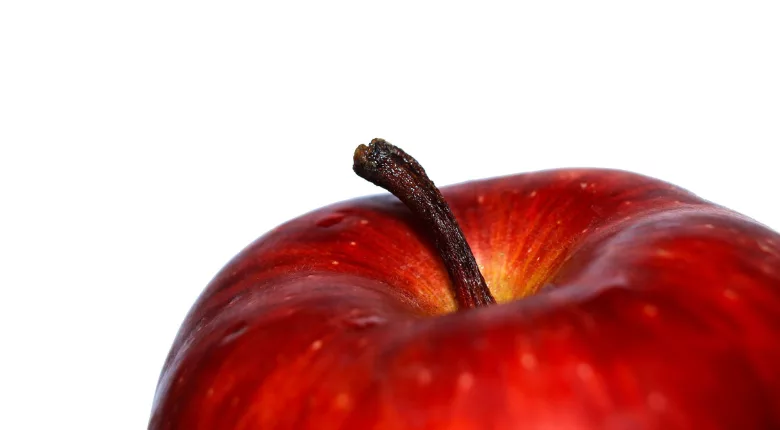Defects, Organic Matter on Food Contact Surfaces Reduces Sanitizer Efficacy Against Listeria Biofilms

Image credit: burak kostak via Pexels
A recent study has demonstrated the extent to which defects on food contact surfaces in tree fruit packinghouses lowers the efficacy of sanitizers against Listeria monocytogenes biofilms.
For the study, researchers cultivated seven-day-old L. monocytogenes biofilms on food contact surfaces common to packinghouses, including stainless steel, polyvinyl chloride, polyester, low-density polyethylene, and rubber. Biofilms on the surfaces were exposed to treatments of 200 parts per million (ppm) chlorine, 400 ppm quaternary ammonium compound (QAC), or 160 ppm peroxyacetic acid (PAA). The experiment was run on surfaces that were free of defects and organic matter, and then run again on surfaces with defects and organic matter.
Results showed that surface defects significantly increased the population of L. monocytogenes in biofilms on non-stainless steel surfaces, and compromised the efficacies of sanitizers against L. monocytogenes biofilms across various surface types. For example, a five-minute treatment with 200 ppm chlorine caused 1.84–3.39 log10 colony forming units per coupon (CFU/coupon) reductions of L. monocytogenes on worn surfaces, compared to 2.79–3.93 log10 CFU/coupon reduction observed on new surfaces. Similarly, a five-minute treatment with 400 ppm QAC caused 2.05–2.88 log10 CFU/coupon reductions on worn surfaces, compared to 2.51–3.66 log10 CFU/coupon reductions on new surfaces.
However, PAA sanitization (of 160 ppm at one minute) exhibited less susceptibility to surface defects, leading to 3.41–4.35 log10 CFU/coupon reductions on worn surfaces, in comparison to 3.68–4.64 log10 CFU/coupon reductions on new surfaces.
Additionally, to simulate the natural occurrence of organic matter resulting from apple exudate in apple packinghouses, surface coupons were coated with diluted apple juice and dried. The presence of apple juice diminished the efficacy of sanitizers against L. monocytogenes biofilms on worn surfaces.
The findings emphasize the importance of diligent equipment maintenance and thorough cleaning processes to effectively eliminate L. monocytogenes contamination on food contact surfaces.
Looking for quick answers on food safety topics?
Try Ask FSM, our new smart AI search tool.
Ask FSM →









